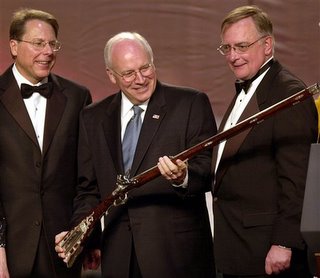Branding at a different altitude
I found an insightful and valuable branding blog today so I thought I'd pass it along to you. Aaron Dignan is a brand evangelist, so I like him already. I like his focus. I like the questions he asks. I like the language he uses to invite you in and deliver relevance.
In a post titled "all sales final", he wrote "A good brand builder knows that all sales are eternal, the effect you have on that customer will ripple through time and space."
Wow, I wish I would have written that. It's emotional, stare-up-into-the-sky type of wordsmithing that digs much deeper than the how-big-should-we-make-the-logo thinking that often passes for branding. I think it's the kind of statement that should get brand warriors lathered up for battle.
Aaron is thinking on a much higher plain than am I. His bio says he's "an accidental brand evangelist, who came to the industry from a background in neuroscience and psychology."
Mike Wagner and I speak the same brand language, but with a different accent. Aaron and I, however, speak the same language, but at a different altitude.
Yeah, the comments suggest that he doesn't post constantly, but when he does, it's worth the climb.
Technorati Tags: brand evangelist, brand language






